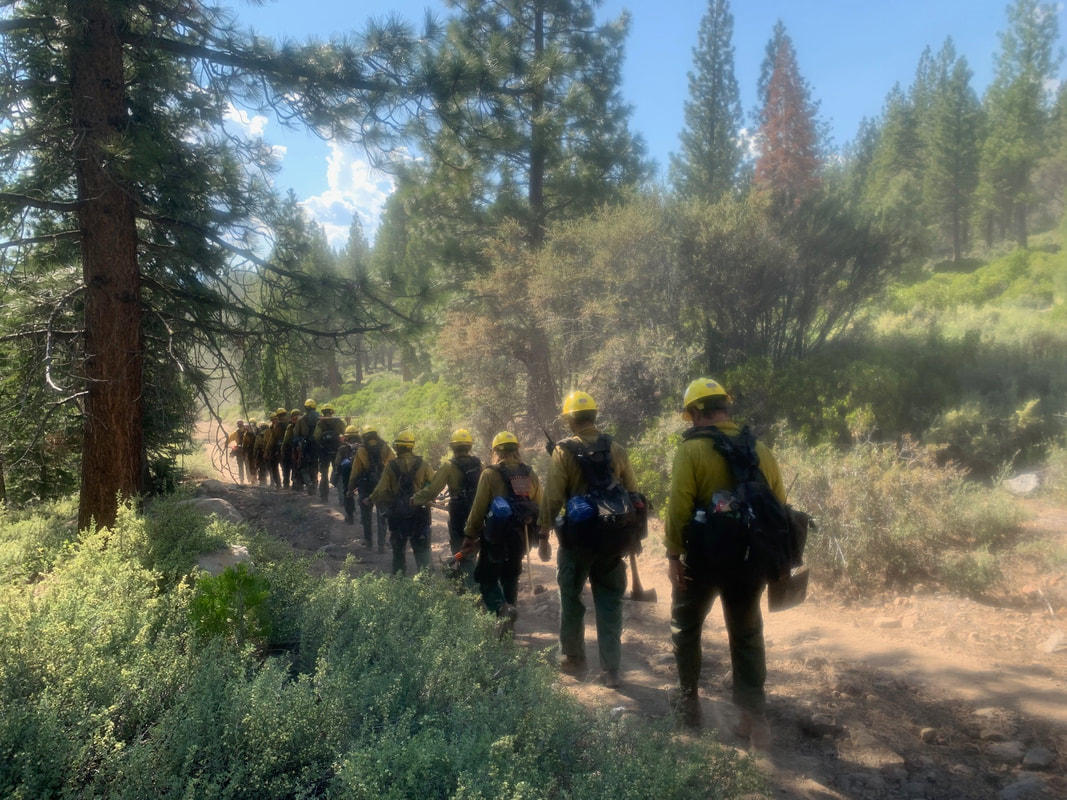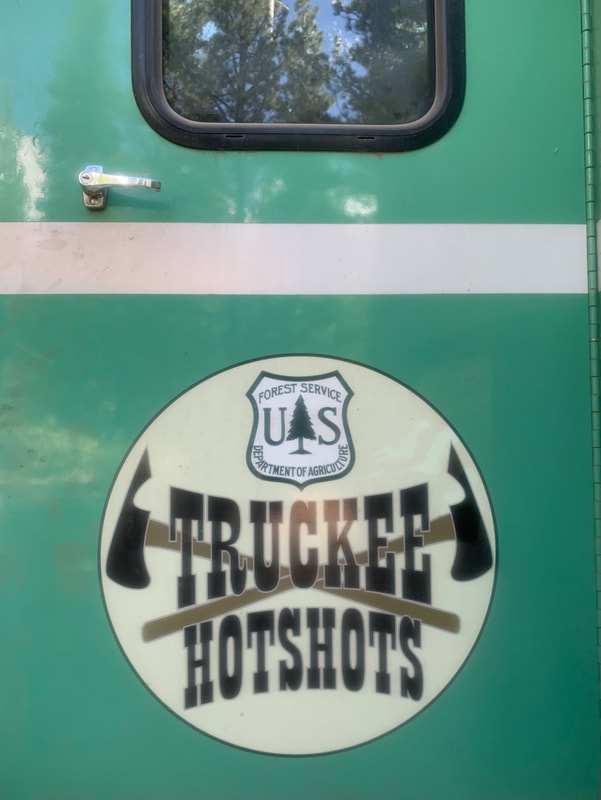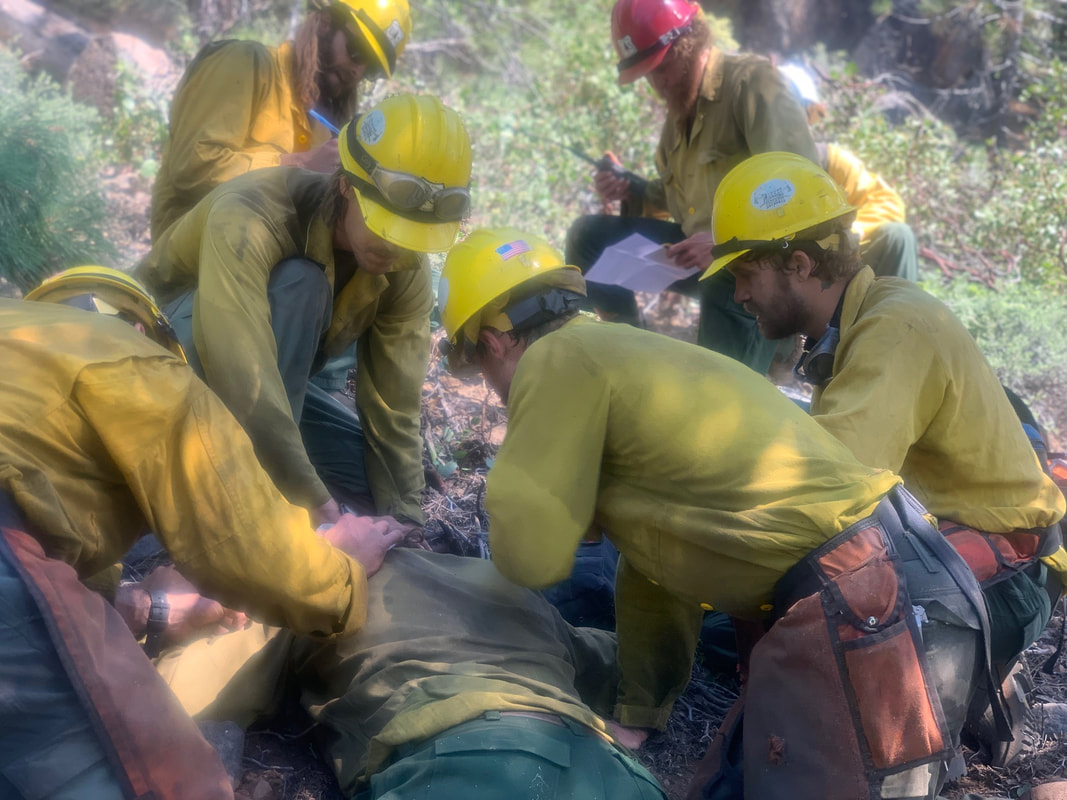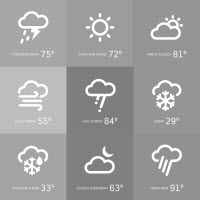Pike Fire Hall – October 4 10:30am – 11:30am
Alleghany Fire Hall– October 4 1pm-2pm
Loyalton Drive-Thru – October 9
Wednesday 4pm -6pm High School Parking Lot
Downieville Drive-Thru – October 10
Thursday 11am -1pm Behind the Community Hall
Sierra City Library – October 14 10am-11am
Sierraville Ranger Station – October 15 10:30am -11:30am
Calpine Community Center – October 15 12:30pm- 1:30pm
Verdi Von Schmitt Park – October 30 11am till Noon



